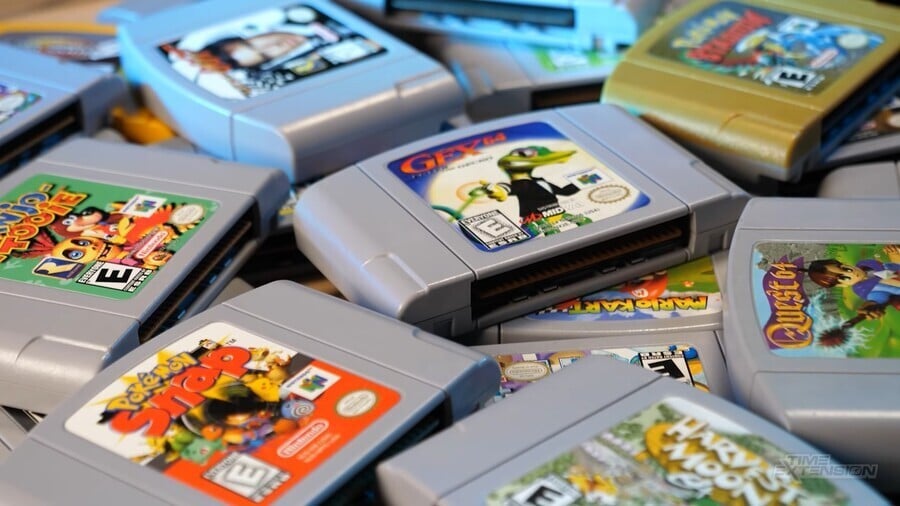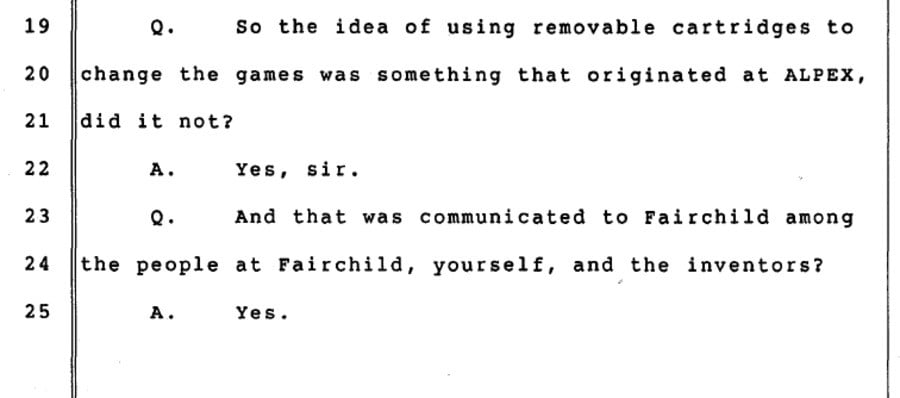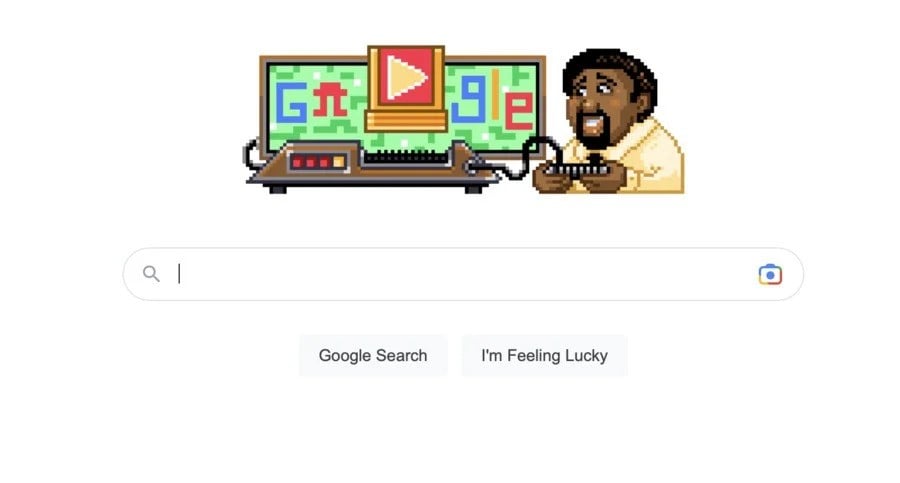
If you've grown up playing video games, chances are at some point you've blown into a cartridge in the mistaken belief that it would help get the contents to load.
Cartridges have been a significant part of gaming since the mid-1970s, but have you ever stopped and wondered, who exactly was responsible for their invention? Well, the answer isn't as straightforward as you might expect.
As history tells us, the Channel F was the first console to use interchangeable ROM cartridges to load different games, expanding on the technology of the Magnavox Odyssey that had taken advantage of jumper cards to modify the internal circuitry to select between a bunch of pre-installed programs. As such, many today have taken to crediting the console's lead engineer and designer Jerry Lawson, as the inventor of the video game cartridge. Though this is a misinterpretation of his actual role and his true historical contribution.
This misinterpretation is based on a misreading of an old article from the reporter Benj Edwards. Edwards interviewed Lawson in 2009 and was among the first to bring Lawson's incredible story to light after decades of obscurity. But soon after he posted the article, he noticed that people had begun to misinterpret an answer from Lawson to suggest he had designed the cartridges for the console.
The truth, however, is a bit more nuanced. Lawson wasn't actually the creator of the first video game cartridge, but instead the co-creator of the first video game console that used interchangeable ROM cartridges — a minor yet significant distinction. This is something Lawson previously confirmed himself in the 1993 Fairchild vs. Nintendo deposition where he stated how Fairchild got the idea, and which Edwards noted in a more complete history of the video game cartridge in 2015.
In that later article, Edwards refers to two employees from the manufacturer Alpex, Wallace Kirschner and Lawrence Haskel, as the people responsible for creating the prototype cartridge later used with Fairchild's console, with industrial designer Nick Talesfore and mechanical engineer Ron Smith creating the final commercial version of the product. Lawson's pivotal role in this was being the person who spearheaded the team that was the first to bring that technology to the market.

As Edwards states in his history of the video game cartridge, the Fairchild Channel F was a "wake-up call" to other companies that had cartridge-based consoles in development; this included the likes of RCA and Atari. All of this is not to take away from Lawson's legacy, but to ensure he's celebrated for the right reasons. He was one of the early pioneers of the industry and part of a group of figures whose contributions to the industry could have been lost entirely, if not for the work of video game historians.
While Lawson didn't invent the concept of a game cartridge, he was utterly instrumental in getting the Channel F to market; had he not done so, the world of video gaming could have been very different.

Today marks Jerry Lawson's 82nd birthday. You can currently celebrate his legacy by visiting the Google homepage where you can make and play your own games and save them to your own digital cartridges modelled after those used on the Channel F.
